The majestic Eurasian lynx, once native to Germany, was driven to extinction in the region by the 19th century due to habitat loss and hunting. Today, this elusive predator is making a remarkable comeback, thanks to dedicated reintroduction efforts. This article explores the intricate journey of the lynx’s return to German forests, highlighting the ecological significance and the challenges faced along the way.
The History of the Lynx in Germany

The Eurasian lynx, one of Europe’s largest predators, once roamed freely across Germany’s dense forests. However, by the early 1800s, deforestation and unregulated hunting led to their extinction in the region. The loss of this apex predator had significant repercussions on the ecosystem, disrupting the natural balance between predator and prey.
The Case for Reintroduction

Reintroducing the lynx to Germany’s forests is not just about conservation; it’s about restoring the natural order. Lynxes play a crucial role in controlling the populations of smaller herbivores, such as roe deer, which can wreak havoc on young trees and forest vegetation when not kept in check. By reintroducing the lynx, conservationists aim to promote biodiversity and enhance forest health.
The Reintroduction Process
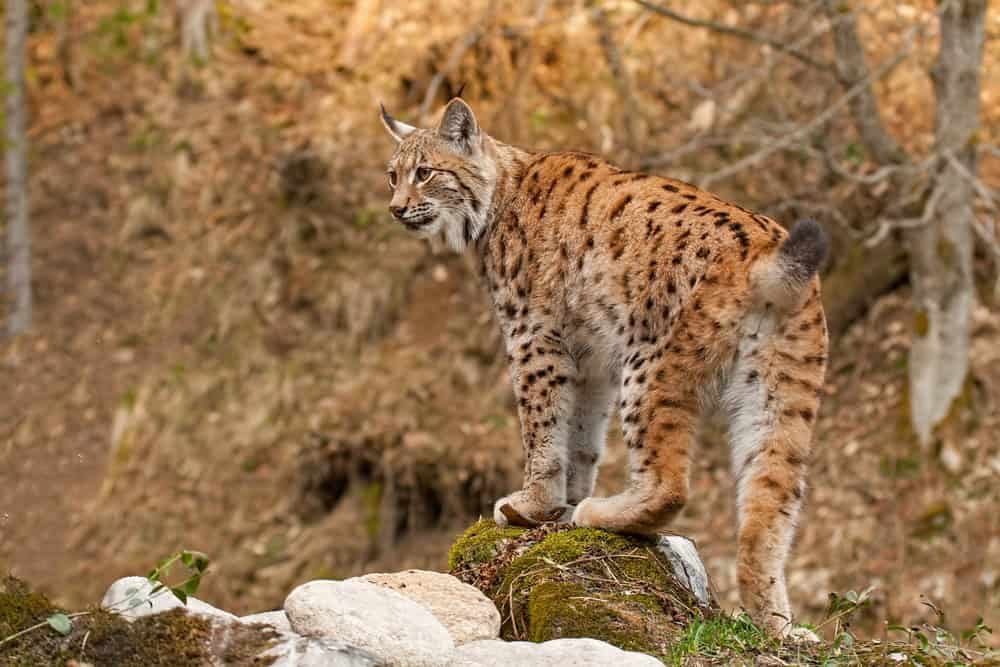
The process of reintroducing lynxes into Germany’s ecosystems is thorough and meticulously planned. It begins with careful selection of suitable habitats, ensuring these areas have enough prey and minimal human interference. Lynxes are then brought from regions where their populations are stable, such as the Carpathians, and are released after a period of acclimatization.
Challenges Faced During Reintroduction

Lynx reintroduction faces several challenges, including human-wildlife conflict. Farmers and hunters often express concerns over potential livestock losses and decreased game population. To mitigate these issues, stakeholders are involved in discussions, and compensation schemes are offered to farmers for any livestock losses due to lynx predation.
The Role of Conservation Organizations
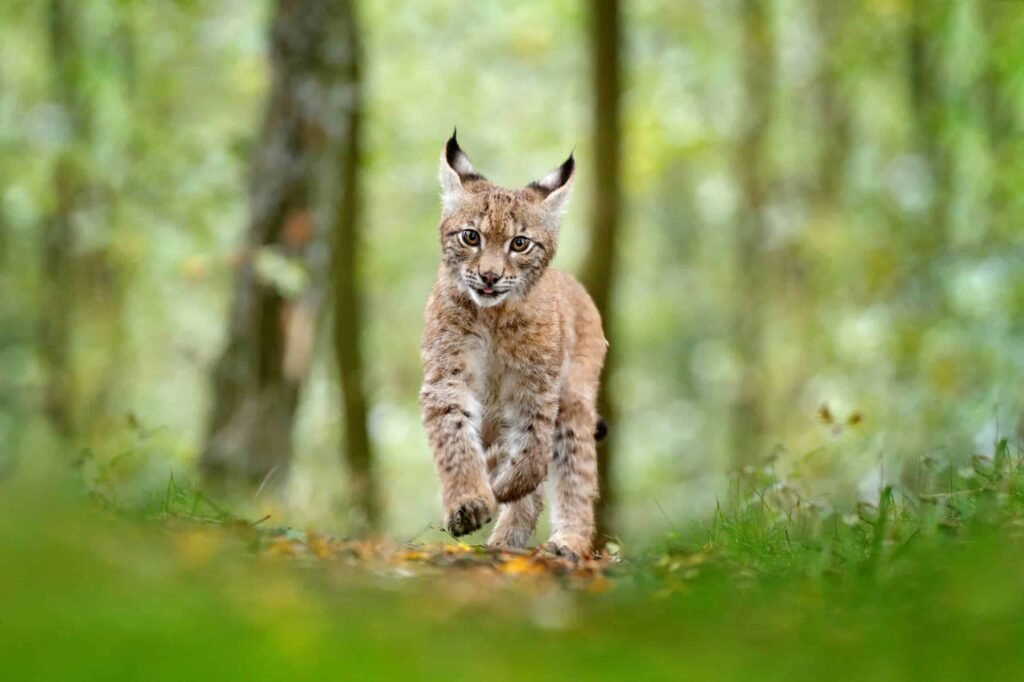
Conservation organizations play a pivotal role in the reintroduction of the lynx. They conduct research, monitor lynx populations, educate the public, and work closely with local governments to ensure the success of the programs. Their ongoing outreach efforts help raise awareness about the ecological benefits of lynxes and encourage community support.
Monitoring and Tracking Lynx Populations

Once released, lynx populations are closely monitored using GPS collars and camera traps. These technologies allow researchers to track movement patterns, study behavior, and assess the health of the lynx. Data collected is crucial for ensuring that the reintroduced populations are thriving and adjusting well to their new environments.
Community Involvement and Education

Community engagement is vital for the success of the lynx reintroduction. Educational programs are run to teach local populations about the lynx’s role in the ecosystem and to dispel myths about the predator. By fostering a sense of coexistence, these efforts aim to reduce human-wildlife conflict and encourage harmonious living.
Ecological Impact Since Reintroduction
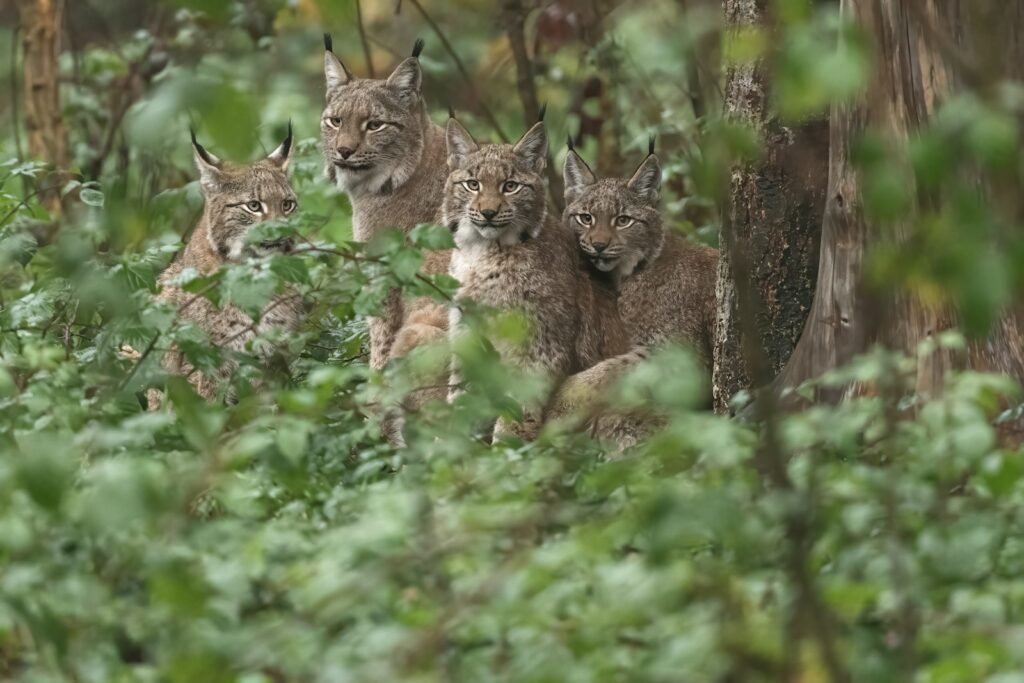
Since the initial reintroduction efforts, there have been positive ecological impacts witnessed in regions with lynx populations. Surveys reveal healthier forest ecosystems and balanced herbivore populations. These observations underscore the importance of apex predators in maintaining ecosystem integrity.
Future Prospects for the Lynx in Germany
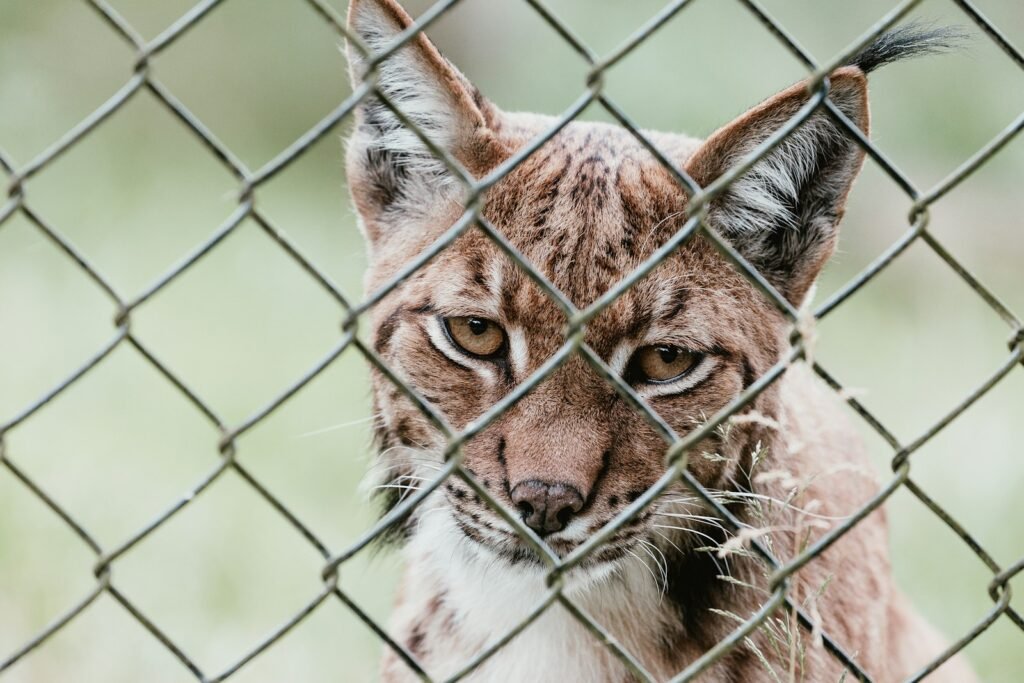
The future of the lynx in Germany looks promising, with continued efforts to expand their habitats and strengthen population numbers. Conservationists aim to create corridors that connect fragmented habitats, allowing lynxes to roam freely and maintain genetic diversity. The success of these programs serves as a model for other countries aiming to reintroduce this magnificent predator.
Conclusion: A Symbol of Hope
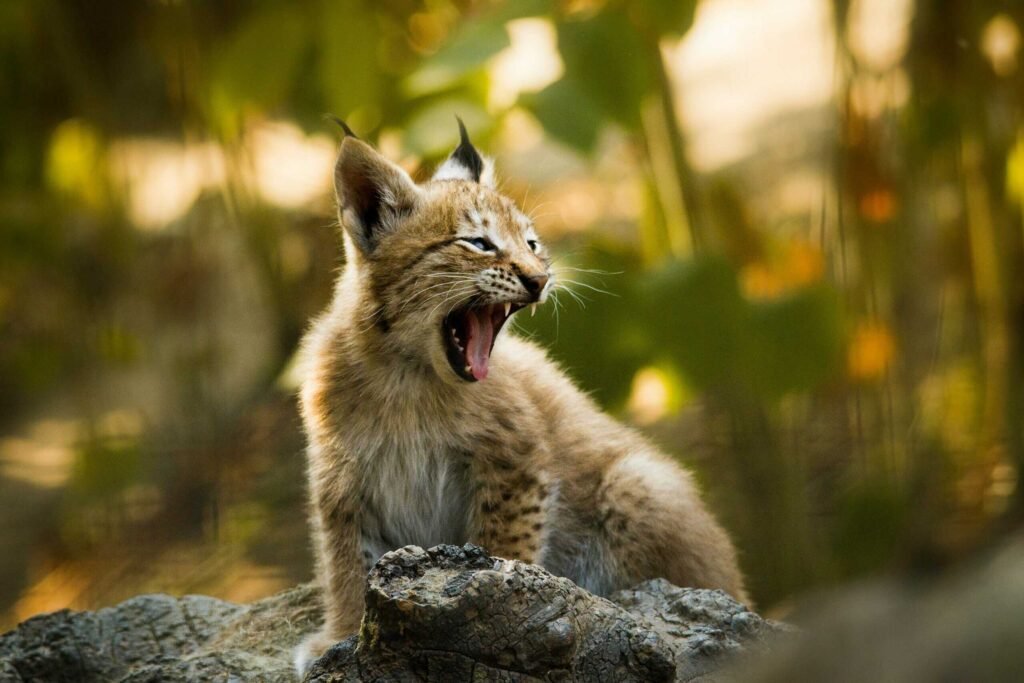
The return of the lynx to Germany’s forests is a testament to the power of conservation and dedication. As an emblem of ecological restoration, the lynx not only brings balance back to its environment but also serves as a symbol of hope and resilience. Continued support and innovative conservation strategies will ensure that this majestic predator remains a thriving part of Germany’s natural heritage.



